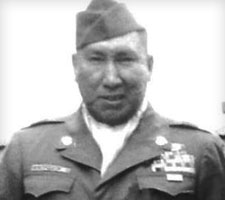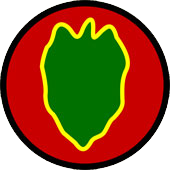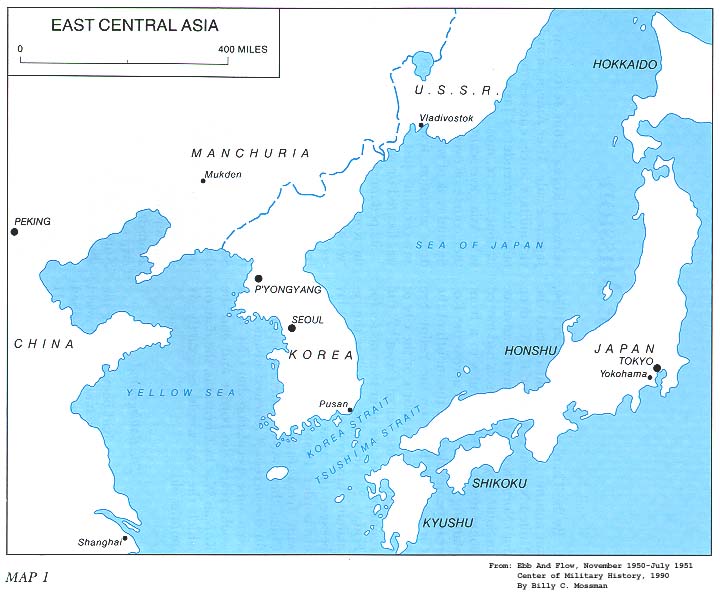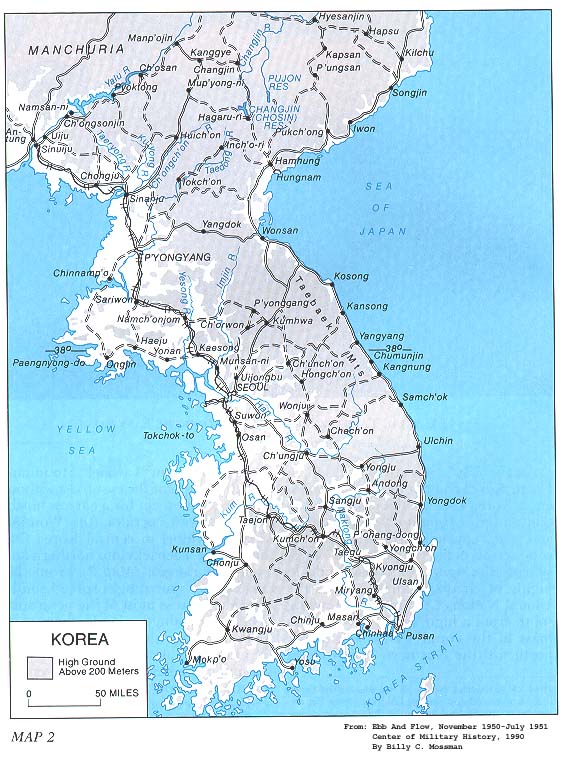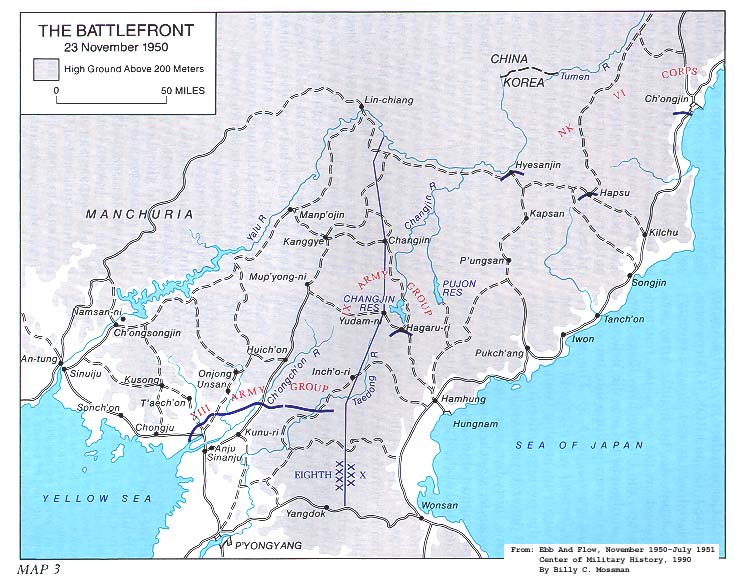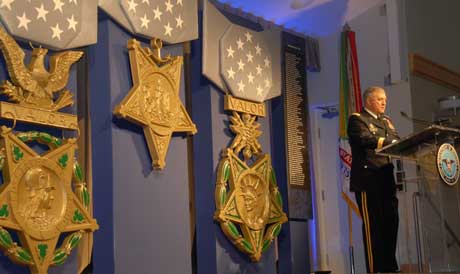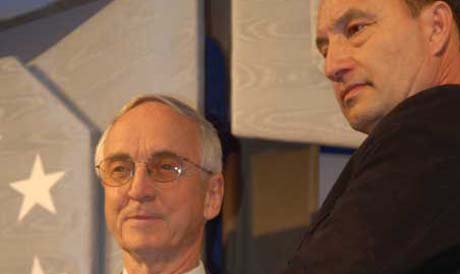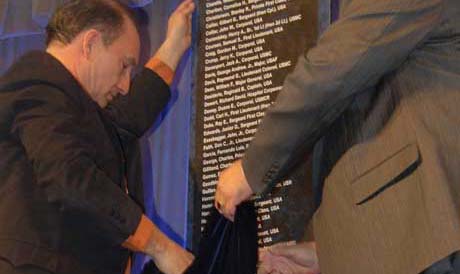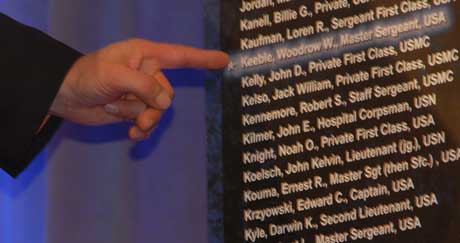An athletic man in his youth, Master Sgt. Woodrow Keeble was being recruited by the Chicago White Sox when he was called to duty in WWII. Upon returning to North Dakota after the war, Keeble taught at the Wahpeton Indian School, which he himself had attended after his mother passed away when he was a child. Keeble was again called to service during the Korean War, where he notably volunteered as an individual augmentee from the 164th Infantry Regiment to deploy to Korea.
When Keeble returned from the Korean War, he resumed teaching at the Wahpeton Indian School. Unfortunately, soon after his return he was diagnosed with tuberculosis, which required the removal of one of his lungs. The surgery triggered a series of strokes leaving Keeble speechless and partially paralyzed. Several months later his wife of 14 years, Nettie, passed away, leaving him to care for their young son Earl. In 1967, Keeble married Blossom Iris Crawford-Hawkins, the first Sioux woman to complete a Ph.D. program, including doctoral dissertation at the University of South Dakota.
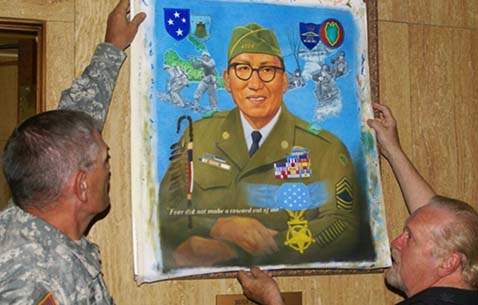
Army Maj. Gen. David Sprynczynatyk, left, and painter Vern Skaug preview Skaug’s portrait of Master Sgt. Woodrow W. Keeble in Bismarck, N.D., July 17, 2008. Department of Defense photo by Bill Prokopyk.
In 1982, Master Sergeant Keeble passed away. His valor on the battlefield was legendary. Friends, family and four U.S. senators in North and South Dakota continued their pursuit to award Keeble the Medal of Honor even after his death. While in the Army, Keeble received the Distinguished Service Cross, the Silver Star, the Bronze Star, two Purple Hearts and the Combat Infantryman Badge.
Master Sergeant Woodrow W. Keeble On The Battlefield
His strength, size and prowess as a warrior led fellow Soldier James Fenelon, a member of the Standing Rock Sioux tribe who fought with Master Sgt. Keeble at Guadalcanal, to say, "The safest place to be was right next to Woody."
Master Sgt. Keeble's bravery in combat and ability to lead Soldiers is beyond question. Of his call to duty, Keeble said, "There were terrible moments that encompassed a lifetime, an endlessness, when terror was so strong in me, that I could feel idiocy replace reason. (Yet,) I have never left my position, nor have I shirked hazardous duty. Fear did not make a coward out of me." Keeble volunteered for duty when members of the 164th Infantry Regiment were called to fight in the Korean War. When asked why, he replied, "Somebody has to teach these kids how to fight."

